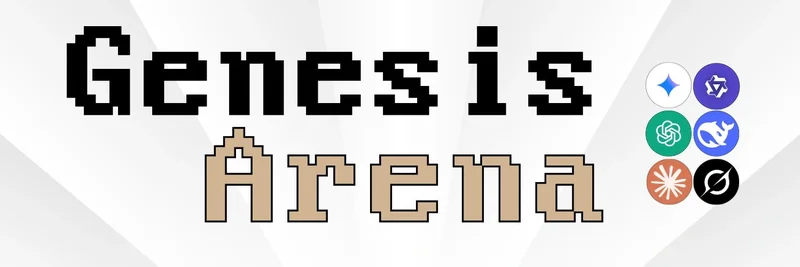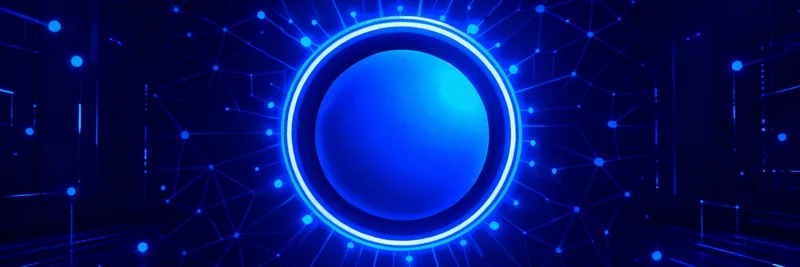In the fast-paced world of cryptocurrency and blockchain, new projects are constantly emerging that push the boundaries of what's possible. Recently, BSCNews dropped a tweet highlighting OpenLedger as one of the most fascinating platforms in the blockchain AI space. With the emoji of an octopus leading the charge—perhaps nodding to their "OctoSnaps" community initiatives—this project is tentacles-deep in revolutionizing how AI handles data. If you're into meme tokens or just crypto innovation, understanding OpenLedger could give you an edge in spotting the next big thing. Let's break it down in simple terms, based on the deep dive shared in their article here.
What is OpenLedger?
OpenLedger is a specialized layer-1 blockchain built from the ground up for artificial intelligence (AI) applications. Think of layer-1 as the foundational level of a blockchain, like Ethereum or Solana, where everything starts. But OpenLedger focuses on solving a massive problem in AI: data ownership. Right now, big tech companies hoard data worth about $500 billion, and the people who create that data—like you uploading photos or reviews—get nothing in return.
OpenLedger changes that by creating a decentralized system where anyone can contribute data, train AI models on the blockchain, and get paid fairly for their input. It's permissionless, meaning no gatekeepers, and verifiable, so everything is transparent on-chain. Launched in mid-2024 with the catchy slogan "The AI Blockchain," it's backed by heavy-hitters like Polychain Capital and HashKey Capital. They're gearing up for a mainnet launch, which is when the real network goes live.
Key Features of OpenLedger
What sets OpenLedger apart? Here are some standout features that make it user-friendly and powerful:
Datanets: These are like community-owned databases tailored for specific AI needs, such as analyzing medical images or financial trends. You can start one or add to existing ones, and every contribution is tracked on the blockchain for fair rewards.
Decentralized Training and Deployment: Using a tool called OpenLoRA, multiple AI models can run on the same GPU (that's the graphics processing unit, the hardware that powers heavy computations) without wasting resources or compromising privacy. All training happens on-chain, so you can see exactly how models are built.
Attribution and Rewards: Ever wonder who gets credit for AI outputs? OpenLedger uses smart systems like influence functions and Infini-gram to trace back contributions. This ensures rewards go to the right people based on how valuable their data was.
Governance and Security: Token holders vote on changes using a secure framework, and the platform emphasizes data verification to prevent fakes or censorship.
These features make OpenLedger not just a tech play, but a community-driven ecosystem where participation pays off—literally.
The Technology Behind It
Under the hood, OpenLedger is engineered for AI workloads. OpenLoRA allows efficient sharing of compute power, cutting costs. Infini-gram handles huge datasets to attribute contributions accurately, even for massive language models like those behind ChatGPT.
They're aiming for high performance: over 100,000 transactions per second, integration with zero-knowledge proofs (a way to verify things without revealing details) via partners like Lagrange, and support for real-time AI apps. This scalability could make it a go-to for billion-dollar AI projects in crypto.
Meet the Team
Founded in 2024 by Ramkumar Subramanian, a pro in decentralized systems, and Elangovan Kamesh, an AI infrastructure whiz, the team saw the flaws in centralized AI and decided to fix them with blockchain. Their vision? A "sovereign data blockchain for AI" that empowers creators.
Tokenomics and $OPEN
The heart of any crypto project is its token, right? $OPEN (formerly $OPN) is the utility token here. It's used for governance voting, paying for compute resources, and distributing rewards. You can stake it to participate in decisions or earn from inference (running AI queries).
They've set aside 2 million tokens for community incentives through programs like Kaito AI's mindshare. Testnet users get credits that convert to tokens at launch. Full details on supply and distribution aren't out yet, but keep an eye on their updates—no Token Generation Event (TGE) date confirmed as of now.
In the meme token world, $OPEN has potential with its octopus theme and fun community events. Who knows, it might spawn some AI-generated memes!
Development Journey and Community
OpenLedger's story is one of rapid growth:
- Raised $8 million in seed funding in 2024.
- Rolled out testnet phases from December 2024 to March 2025, adding features like Android nodes.
- Went global with tours in Asia (China, Korea) and events like Token2049 and ETHCC.
- Partnered with Lagrange for advanced proofs and ran campaigns like OctoSnaps, dishing out $350,000 in rewards via Cookie.fun.
With over 354,000 followers on X @OpenledgerHQ and a buzzing Discord, the community is engaged. Programs encourage content creation and learning, making it accessible even if you're new to crypto AI.
Looking Ahead
The roadmap points to mainnet launch as the big milestone, with hints of more partnerships and features. In a world where AI and blockchain are colliding, OpenLedger could be the bridge that makes decentralized AI mainstream.
If you're a blockchain practitioner or just meme-hunting in crypto, OpenLedger's blend of tech and community makes it worth watching. Check out the original BSCNews piece for more details, and stay tuned— the future of crypto AI might just be octo-powered!




